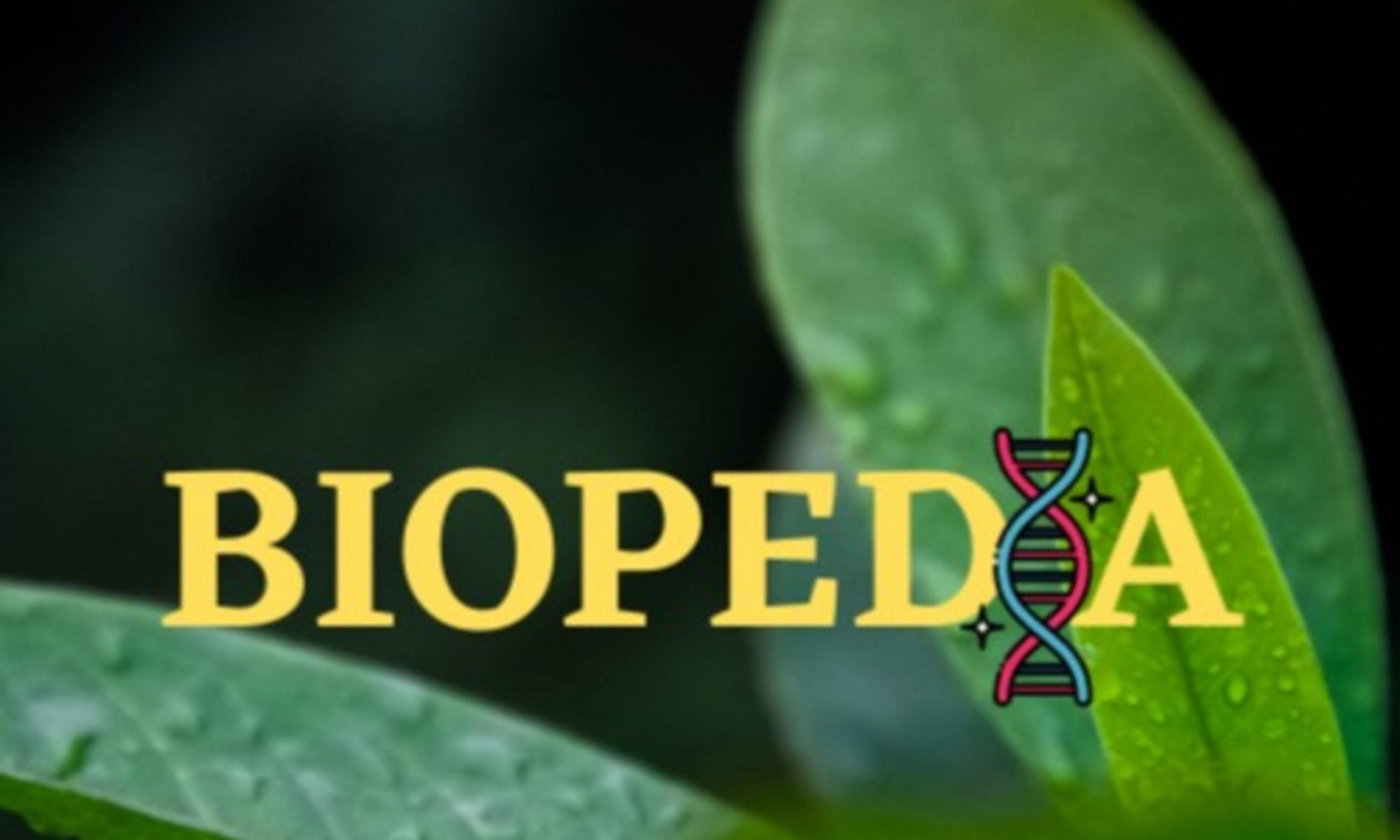Altruism- or actions by organisms which ultimately provide a benefit to other organisms- have been puzzling evolutionary scientists since Darwin’s time. As such, attempts have been made to explain how this phenomenon comes about. One of these explanations is the subject of today’s episode- kin selection and Hamilton’s rule. Now, I am not going to go into the arguments and evidence for and against it, which is probably a topic for future episodes. For now, it’s probably best to say that my previous studies on the topic have taught me that there is a tangible divide within biology on this topic…
Sources for this episode: 1) Campbell, N. A., Urry, L. A., Cain, M. L., Wasserman, S. A., Minorsky, P. V. and Reece, J. B. (2018), Biology: a global approach, 11th edition (Global Edition), Harlow, Pearson Education Limited. 2) Dugatkin, L. A. (2007), Inclusive Fitness Theory from Darwin to Hamilton, Genetics 176(3): 1375- 1380. 3) The Editors, Encyclopaedia Britannica (2018), Kin selection (online) [Accessed 18/06/2021]. 4) Herron, J. C. and Freeman, S. (2015), Evolutionary Analysis (Fifth Edition, Global Edition). Harlow: Pearson Education Limited. 5) Oshaka, S., OUPblog (Oxford University Press, 2015), Kin selection, group selection and altruism: a controversy without end? (online) [Accessed 17/06/2021]. 6) Thain, M. and Hickman, M. (2014), Dictionary of Biology (Eleventh Edition). London: Penguin Books Ltd.
